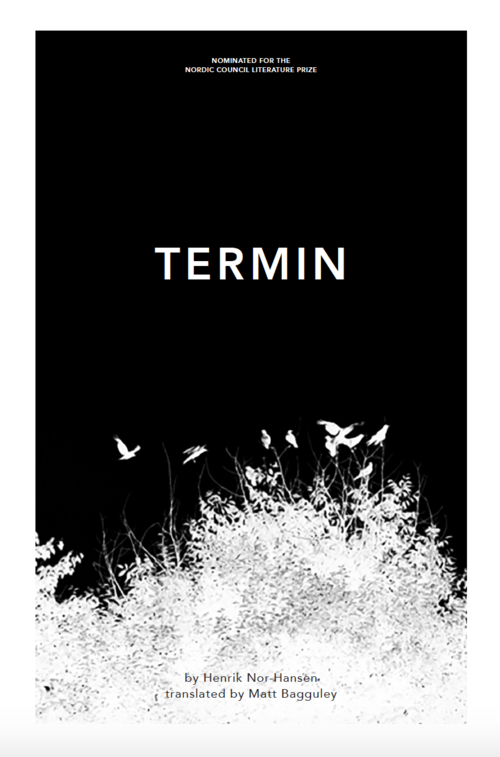The Shining by Jon Fosse
Norweigan fiction
Original title – Kvitleik
Translator – Damion Searls
Source – Personal copy on kindle
Well, this is the first book after Fosse won the Nobel. I did a short post on the day he won the prize. I had reviewed three books from him before the Prize, the first of his septology, Aliss in the Fire and Scenes from a childhoood. I had read the other two parts of Septology and as I often do, hadn’t got to review them. As I said in my last post, my dreams of blogging more often fall short, but I am getting there, so this isn’t me moaning it is just a fact of life I read more than I can possibly ever review, but yes, this is my sixth book by Jon Fosse and to be truthful, I loved this it is a short book 48 pages in the paperback so in comparison to his other books this is actually probably the favourite I have read from him. Although at some point, I will go back and read septology in a single bite. Anyway, I was going to wait for this, and then I listened to the Mookse and the Gripes podcast with the translator about Jon Fosse, and I just had to get it so for quickness, I got it on the Kindle as it is about the length I can read on kindle.
What am I talking about, I thought. There’s the forest in front of me, it’s just a forest, I thought. All right then, this sudden urge to drive off somewhere had brought me to a for-est. And there was another way of talking, according to which something, something or an-other, led, whatever that might mean, to something else, yes, something else. I peered into the forest in front of me. Forest. Yes.Trees right next to one another, pines, pine trees.
He questions his action heading down the path
The book is in the mind of a man who has, for some reason, headed down a forest track, turning off the main road. He is in his car, and then he gets stuck on the path. As he does, he thinks about the points he could have turned back. Then he initially stays in the car warm and just waits for someone to come. Then he decides to head into the forest it is turning to night but he feels to drawn into the forest. He then starts to see a glow in the distance. What is it as he is drawn to the light, the light seems to come closer and closer. But what are these lights?He seems drawn to the lights and maybe is in a moment of his life is he alive, or is this his soul drifting you are never quite sure if this is real or imagined. Then it moves on when he reaches the lights, but that would spoil a 48-page book to say more it is wonderfully evocative.
No reason at all. And so why did I drive onto the forest road then. It was purely by accident, maybe. Pure chance.Yes,you probably couldn’t call it anything else.
But chance, what’s that anyway.No, I can’t start in with that kind of silly thinking. It never goes anywhere. And what I have to do now is get my car free, yes, just that. And then I have to try to turn it around. But that.Yes it’s because I didn’t pass anywhere I could turn the car around, if I had then of course I would’ve turned around, a long time ago, because the forest road is pretty much the most boring road to drive on that you can imagine.
He is maybe in a altered state I wondered at times or has something alse happened to him ?
I loved the short nature of this after the septology it is like a palate cleanser in a meal, it is full of Fosse but intense and just a mouthful of him. I love the otherworldly ness of the lights, and the events after the lights appear in the forest. The forest has long been a place for things happening but also the mind to wander from the tropical Jungle of Wilson Harris and the way spirits and the forest can talk to you. Through things like Twin Peaks which is what I thought of her I had to wonder if a log lady would turnup there is also a sense of the spiritual of been between worlds what has happened to draw him down the forest road and why did the car break down? Why wander off these are all questions unanswered about our narrators actions. Have you read this the first of his books to come out after his Nobel win this year.
Winstons score – A an Espresso shot of Fosse










